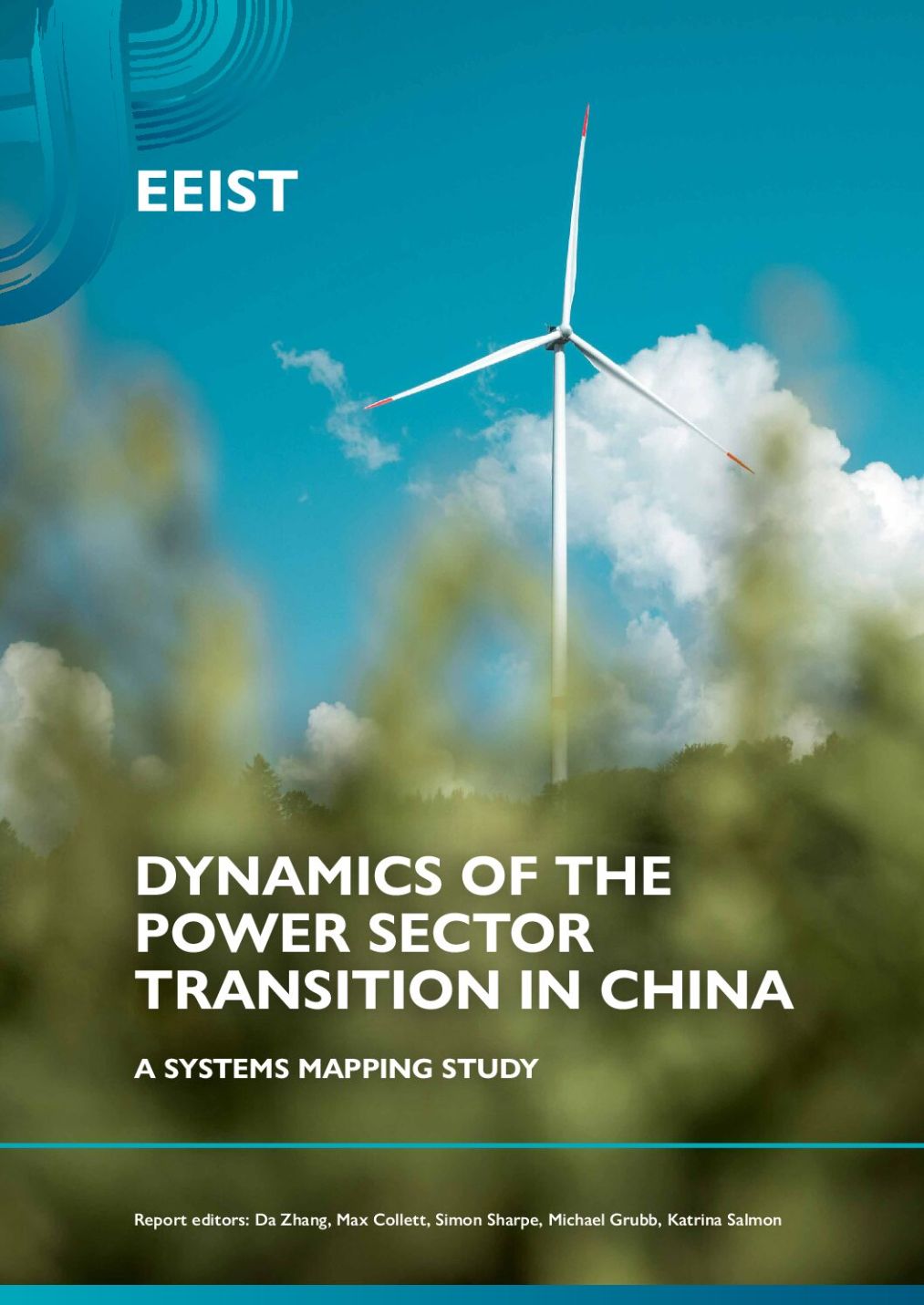June 2025
The Chinese and UK electricity systems are two of the most important in the global transition to clean power, as the largest and fastest to decarbonise, respectively.
Despite the two countries’ differences in scale, starting points, and institutional contexts, they now face a similar set of challenges, and opportunities, as they adapt their power systems to new zero-emissions technologies.
In this report, we use systems mapping with causal loop diagrams to provide a new perspective on the power sector transition in China, drawing on relevant insights from the UK experience where appropriate.
We describe policy options for China to sustain investment in renewables in the face of growing revenue risks, and recommend continued exploration of contracts for difference (CfDs) to this end, including experimentation with different CfD design options across provinces.
To support sources of low-carbon flexibility and security, new policies to enable market-driven development of battery energy storage are necessary. We argue that accelerating spot market development and introducing capacity markets, to replace the current coal power capacity payment regime, could be transformative in this respect.
The Chinese electricity policy landscape is more complex than most. We use participatory systems mapping to explore and analyse the causal relationships in the power system, assessing potential synergies and conflicts between policies.
This report, aimed at policymakers and experts in the Chinese power sector, brings a fresh, complexity-inspired perspective to the challenge of the world’s largest clean power transition.

